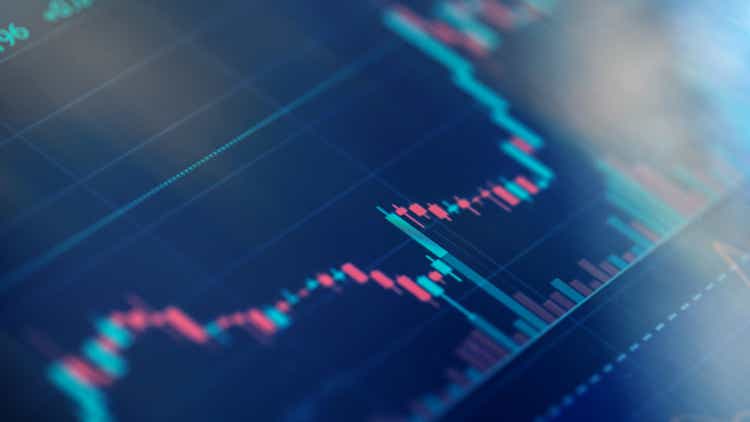sankai
Pundit #1: This market is headed for a disaster of Biblical proportions.
Investor: What do you mean, “Biblical”?
Pundit #2: What he means is Old Testament, Mr. Investor, real wrath of God type stuff.
Pundit #1: Exactly.
Pundit #2: Fire and brimstone coming down from the skies! Rivers and seas boiling!
Pundit #3: Forty years of darkness! Earthquakes, volcanoes…
Pundit #4: The dead rising from the grave!
Pundit #1: Human sacrifice, dogs and cats living together … MASS HYSTERIA!
Investor: All right, all right! I get the point! I need to sell!
(Panel script courtesy Ghostbusters I … slight alterations courtesy BK)
Friday’s Ugly Market Perspective
Friday’s market took it on the chin again (beginning to feel like that disaster of Biblical proportions) because of good news on the employment front. The economy added 263K jobs in September and the unemployment rate ticked back down to the record low of 3.5%.
Why is this bad news? In the eyes of many, this will cause the Fed to continue to raise short-term rates until it breaks inflation. This is probably true on the former. They will raise rates. Inflation will moderate (back to 2% is probably a pipe dream). You must remember the reasons rates have been so low for so long is that for large parts of the last decade we had been responding to a financial emergency spawned by the Great Recession, what has been termed a slow-growth economy that could tip into recession (or worse, disinflation) at any time, and the pandemic. We averaged about 2.25 GDP growth during the period between 2011 and 2019. We are probably still going to be a slower-growth economy than the 5.7% GDP growth we averaged since 1960. Our GDP in 1960 was all of $543 billion. In 2021, it was just shy of 23 trillion! We were operating off a minuscule base in 1960. If we grow a 2.5% this year, we are adding one 1960 US GDP to our economy.
BTW, much of this growth has occurred in the past 40 years, a period during which the Federal Funds rate averaged 4.6%. Today, they stand at 2.65%.
I penned the following paragraph on March 18, 2013 (S&P 500 -1560.70), at a time when many were donning sack cloth and ashes awaiting the imminent decline of the market upon the removal and retraction of Quantitative Easing, which was thought at time to cause long rates to rise, putting the economy and market over the cliff. My message is the same today as it was nine years ago.
… Even though it may be spun to sound like the end of the world, FBFH may really be a good thing that could propel the market forward after the initial emotional reaction. First and foremost, Q.E. and the zero interest rate policies were put in place to stimulate the economy and grow employment. It was one of the final Fed measures taken in response to the 2008 financial collapse. Sub 2% ten-year treasuries were not a long-term goal. Ergo, if this policy is reversed, it is a strong sign that the Fed believes that the economy can stand on its own… something all would agree to be positive!
One last item: The Fed has two mandates, controlling inflation and maximizing employment. Any significant impact on employment will temper policy in the fight against inflation.
Finally, this market may feel like it is heading for a disaster of Biblical proportions. Based on history, it is probably not.
What’s your take?
Editor’s Note: The summary bullets for this article were chosen by Seeking Alpha editors.


Be the first to comment